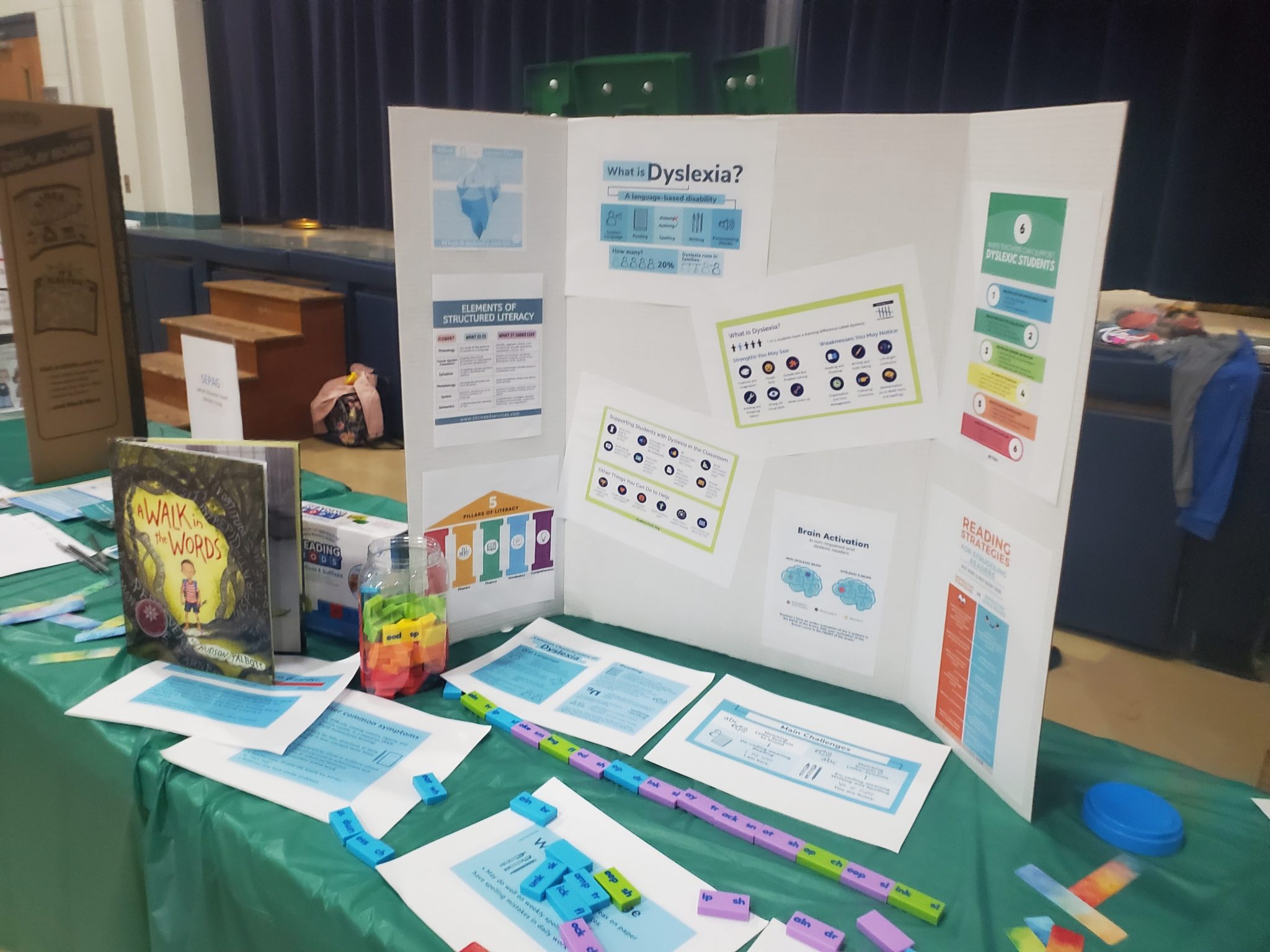


The fair expanded on last year’s Autism Expo and saw representation from the borough’s high school, middle school, elementary schools and the community.
The Haddonfield school district hosted an Inclusion Fair in the gym of Tatem Elementary School on April 18 to raise awareness of disabilities.
The event expanded on last year’s Autism Expo and saw representation from Haddonfield’s high school, middle school, elementary schools and the community. Throughout the month, the district also celebrated Disability Awareness Month by highlighting celebrities with disabilities during morning announcements.
At the event, students and other attendees learned about disabilities such as dyslexia, cerebral palsy, seizure disorders, Down syndrome and autism. Each table at the fair had a guest knowledgeable about a particular disability.
“We wanted to extend this to making it more inclusive for different types of disabilities, to really educate the public that may not be aware of what exists out there,” said Nousheen Yousuf-Sadiq, Parent Teacher Association (PTA) Committee chair and chair of Diversity, Equity and Inclusion at Tatem.
Yousuf-Sadiq noted that when she presented the idea to the PTA, it was well received, and funding and support came together.
“By physically engaging students and parents in different experiences of what their peers have, they will develop a better understanding and appreciation for them,” she explained.
She noted that one of the goals to help people naturally and organically become an ally to support and help each other feel like they belong and matter just as much as the next person, for each person to be valued regardless of similarities or differences.
Tatem reading and special ed teacher Stacey Brown-Downham, a community events coordinator for the Haddonfield Education Association, manned a table on dyslexia at the fair and addressed some of the strategies to help people with the disability “level up.” Those strategies included decoding words by breaking them down into sounds and syllables to help those with dyslexia spell like their peers.
Brown-Downham noted that there are a lot of strengths that typically go along with being dyslexic – like being able to think outside the box – but cautioned that if people don’t use the right intervention, it can be traumatic for students to go through school unable to read.
“We’re kind of going through a revolution in this country,” she pointed out. “We stopped teaching kids what sounds letters make and did this whole (words) approach, and now we’re realizing that did not work, so there’s a lot of kids who memorized words but never knew what sounds the letters made.”
Brown-Downham also emphasized that the right kind of strategies can be transformative for students and help break generational cycles in the inability to cope with dyslexia, since students who learn coping skills will be prepared to help offspring with the disability.
For older students struggling to read, Brown-Downham encourages them by acknowledging their efforts.
“I had to validate their frustrations that they didn’t want to be in this type of class when they were in high school,” she observed, “but we kind of just talked about how that was a problem in this country, how we didn’t give their brains what they needed, and we kind of have to go back and teach [their younger selves] how to read the way they should have been taught.
“We talked about how hard they worked to get to where they were, even when they didn’t get the right instruction, how bright they were to find ways to succeed, even when they couldn’t read.
” … It’s transformative for them.”


